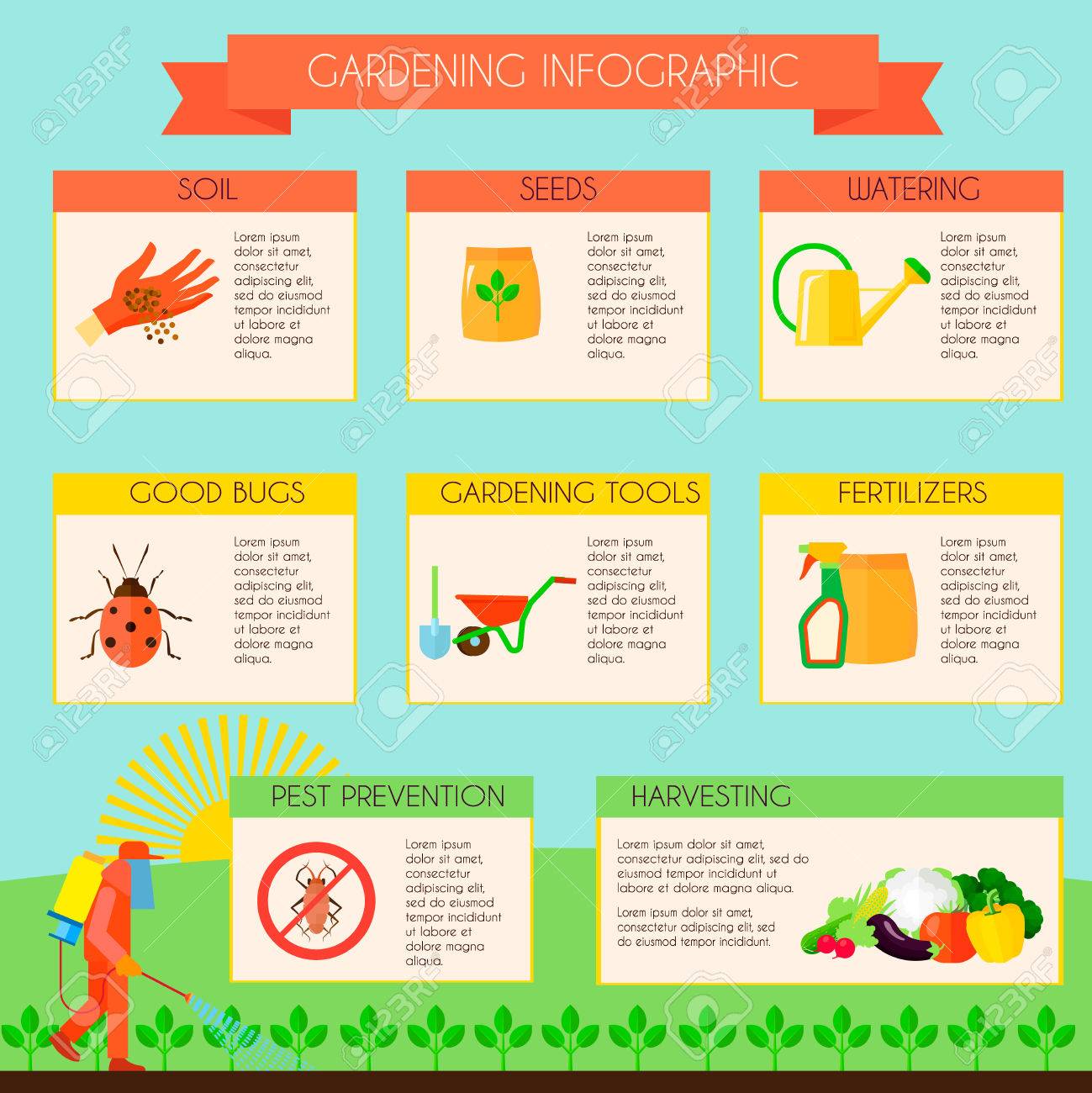Securing Your Attic From Rats: Trick Guidance For Homeowners
Securing Your Attic From Rats: Trick Guidance For Homeowners
Blog Article
Personnel Author-Karlsen Degn
Envision your attic as a relaxing Airbnb for rodents, with insulation as cosy as resort cushions and circuitry extra tempting than room service. Now, picture these unwanted visitors throwing a wild party in your house while you're away. As a house owner, ensuring your attic room is rodent-proof is not just about satisfaction; it has to do with protecting your building and liked ones. So, what basic actions can you take to guard your refuge from these hairy burglars?
Check for Access Points
To start rodent-proofing your attic, check for entrance factors. Begin by thoroughly checking out the outside of your home, trying to find any type of openings that rodents might use to get to your attic. Look for voids around energy lines, vents, and pipelines, in addition to any type of splits or openings in the structure or home siding. Make certain to pay attention to locations where various structure products satisfy, as these are common access points for rats.
Furthermore, check the roof for any type of damaged or missing shingles, along with any type of gaps around the sides where rodents might squeeze through. Inside the attic, look for indications of existing rodent activity such as droppings, chewed cords, or nesting products. Make use of a flashlight to extensively inspect dark edges and hidden rooms.
Seal Cracks and Gaps
Examine your attic thoroughly for any kind of cracks and spaces that require to be sealed to prevent rats from going into. Rodents can squeeze through even the smallest openings, so it's crucial to secure any kind of possible access factors. Check around pipelines, vents, cords, and where the walls meet the roof. Make use of a combination of steel wool and caulking to seal off these openings successfully. Steel woollen is an exceptional deterrent as rats can't chew via it. Guarantee that all gaps are firmly secured to deny access to undesirable insects.
Do not forget the significance of securing voids around doors and windows too. Usage weather stripping or door sweeps to secure these areas successfully. Inspect the locations where energy lines go into the attic and seal them off utilizing an appropriate sealer. By making the effort to secure all splits and gaps in your attic room, you develop a barrier that rats will locate difficult to breach. Avoidance is type in rodent-proofing your attic room, so be complete in your initiatives to seal any kind of possible entry points.
Eliminate Food Resources
Take aggressive steps to eliminate or save all prospective food resources in your attic to prevent rodents from infesting the space. termite fumigation are attracted to food, so removing their food sources is vital in maintaining them out of your attic room.
Below's what you can do:
1. ** Store food firmly **: Avoid leaving any food things in the attic. Shop all food in closed containers made from steel or durable plastic to stop rats from accessing them.
2. ** Tidy up particles **: Remove any type of piles of particles, such as old papers, cardboard boxes, or wood scraps, that rodents could use as nesting product or food sources. Keep the attic clutter-free to make it less attractive to rats.
3. ** Dispose of rubbish properly **: If you utilize your attic for storage and have trash or waste up there, see to it to throw away it frequently and correctly. Decaying best indoor flea treatment attract rodents, so keep the attic room clean and devoid of any type of natural waste.
Verdict
Finally, keep in mind that an ounce of avoidance is worth a pound of cure when it concerns rodent-proofing your attic.
By making the effort to inspect for entry points, seal cracks and spaces, and eliminate food sources, you can maintain undesirable pests away.
Keep in mind, 'An ounce of avoidance is worth a pound of treatment' - Benjamin Franklin.
Keep aggressive and shield your home from rodent invasions.
